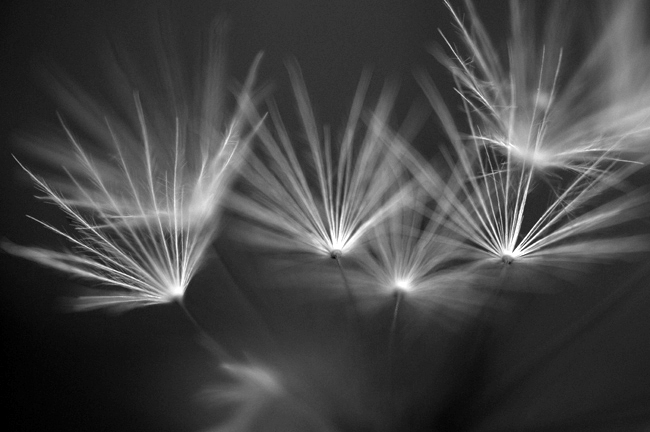When we make good images, we listen to our inner voice and we block out the noise and clutter of our day. This daily grind of seeing and hearing so much information that doesn't relate to our lives dulls us in our appreciation of subjects that are demanding our attention. We need to deepen our heart and rise above this chaos, the over saturation of imagery, that is wasting our time and energy distracting us from creating good photographs.
We don't have to contemplate our subject anymore. All we have to do is run and gun and let the tech minds fix our bad imagery for us. We might as well send drones up and remote control our input in making images. All we ultimately get for our remoteness is less and less interaction with our environment and a shallow reflection of the depth that is there waiting to be discovered. These shallow images will only appeal to the small screen eyes that never study an image but always anticipate the next click that will satisfy their souls.
Most image shooters today have never experienced the thrill of developing their own B/W film, making contact sheets of their efforts and finally printing the image and seeing their vision all the way through the print making process. This hands on approach deepened our sense of accomplishment and connected us with the entire history of photography and the photographers that blazed a trail before we were even born.
We don't have to contemplate our subject anymore. All we have to do is run and gun and let the tech minds fix our bad imagery for us. We might as well send drones up and remote control our input in making images. All we ultimately get for our remoteness is less and less interaction with our environment and a shallow reflection of the depth that is there waiting to be discovered. These shallow images will only appeal to the small screen eyes that never study an image but always anticipate the next click that will satisfy their souls.
Most image shooters today have never experienced the thrill of developing their own B/W film, making contact sheets of their efforts and finally printing the image and seeing their vision all the way through the print making process. This hands on approach deepened our sense of accomplishment and connected us with the entire history of photography and the photographers that blazed a trail before we were even born.
It is not the camera's bells and whistles that create great imagery, but the mind behind the viewfinder. Cameras nowadays can pretty much shoot the scene for you without you having to think. On some of these new smaller compact cameras they have a built in merge function. All you do is take one image and then the camera will duplicate that image underexposing 1 stop and overexposing 1 stop and then merging it with the original image. The result is a perfectly exposed image with highlight detail and shadow detail. For me, this merged image looks unreal and out of sorts with how a naturally exposed image renders the subject. These merged images are devoid of a human personality. I like the contrast in an image, it boosts the play of highlights and shadows, making for a more dramatic photograph.
When you are not present in the image you will not be satisfied with your results. There will always be the nagging questions. Should I have looked deeper into my subject and explored more of the potential present, that deeper connection instead of being satisfied with a quick look, click and gone approach that seems rampant now.
The ultimate threat to photography is the mechanical nature of the means for production. Can an individual photographer rise above technology and express a creative idea? Or is he limited in vision by the need to follow the machine that now seems to dictate to him how a subject should be presented. The camera imposes its will over the photographer and doesn't allow for freedom of reflection on technique that could make the image better than a limited exposure. The photographer must tame the new technologies and use them for his own personal expressions.
We live in constant separation from the world. Easily distracted by a bright screen. We further widen the gap between us and our inner landscape by allowing the camera to dictate to us how to present this shared world we live. We have the world of entertainment, bad actors and worst imitators. But there is a secret world, a deeper world that is waiting to be seen. There is an intimacy that is lost now in photographs and a complexity that is reduced to mundane objects of desire or derision. We must tune in to these old undercurrents that are trying to surface and inspire us to think and feel more before we can express ourselves fully through photography.










